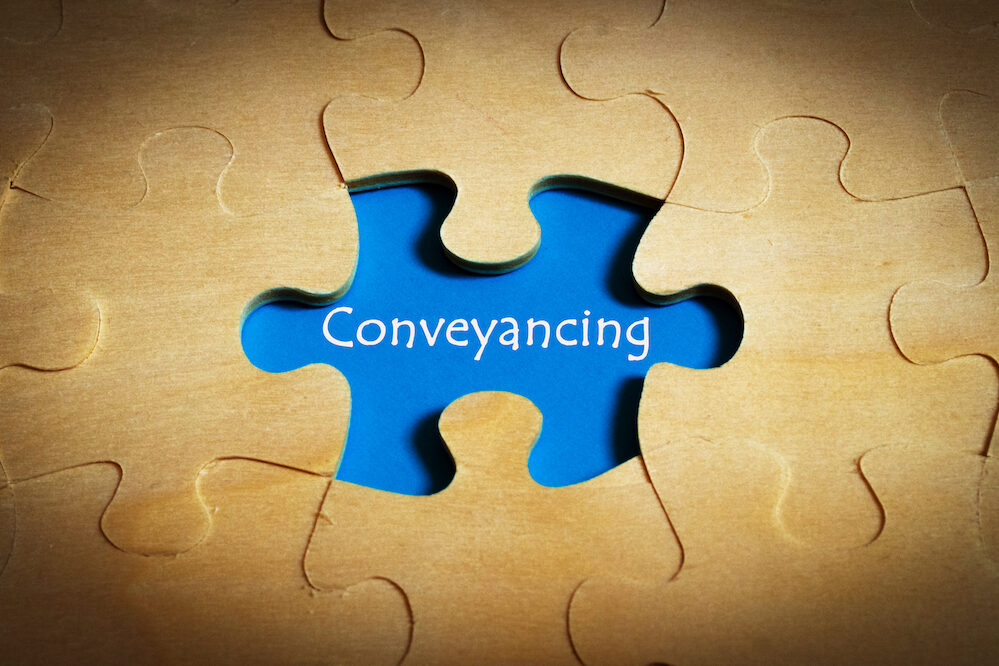Conveyancing plays a central role in the property market. It’s the legal process of transferring the ownership of a property from one person to another. It’s why you have to hire a solicitor when you buy or sell a property.
Conveyancing dates back to the feudal land ownership laws of the Middle Ages. But its role and function have evolved over time in line with changes in property law. Nowadays, one of the main purposes of conveyancing is to ensure that the legal title and rights of ownership of a property are transferred and registered correctly. This also covers matters such as boundary rules and covenants and other legal conditions that come with ownership of any particular property.
Whether you are buying or selling a property, understanding the conveyancing process is essential. This is how it works in five steps.
1. Preparing Contracts
The first step in the conveyancing process is preparing the contract of sale. This is a legally binding agreement that outlines the terms and conditions of the property transfer. The contract includes details such as the purchase price, property description, special conditions, and any other relevant information. The seller’s solicitor or conveyancer typically prepares the initial contract, which is then reviewed and negotiated by the buyer’s solicitor.
2. Legal and Financial Checks
Once the contract is agreed, the buyer’s solicitor begins conducting various checks to ensure the property is legally and financially sound. This will involve investigating and verifying the property’s ownership history, boundaries, and any restrictions or easements affecting it. The conveyancer will also look into the title deeds, planning permissions, and building regulations to make sure everything complies with relevant laws and regulations. In addition, mortgage lenders will liaise with the buyer’s solicitor to confirm their client’s financial status before agreeing to offer a mortgage.
3. Exchange of Contracts
Once all legal and financial checks are complete, both parties are ready to exchange contracts. At this stage, the buyer pays a deposit, usually 5-10% of the purchase price, which is held in a secure account. The contracts are then physically or electronically exchanged between solicitors, and the transaction becomes legally binding. Once the contracts are exchanged, the completion date is set, which is when the property officially changes hands.
4: Pre-Completion Tasks
Several more tasks have to be completed before the transfer of ownership. On the buyer’s side, these include requesting a mortgage advance, preparing the final statement of account, and arranging for the payment of stamp duty land tax (if applicable). The seller’s solicitor prepares the final financial statement, which outlines any outstanding payments, such as the remaining balance on the purchase price and solicitor fees.
5: Completion and Post-Completion
On the agreed completion date, the buyer’s solicitor transfers the remaining funds to the seller’s solicitor. This includes the purchase price, any additional fees, and disbursements. Once the payment is received, the seller’s solicitor confirms the completion and authorises the release of the keys to the buyer. The buyer’s solicitor updates the change of ownership with the land registry, ensuring that the buyer’s legal ownership is recorded.
Post-completion tasks involve notifying relevant parties about the change in ownership, such as utility companies and local authorities. The buyer’s solicitor provides the buyer with a completion statement, detailing the financial breakdown of the transaction.



